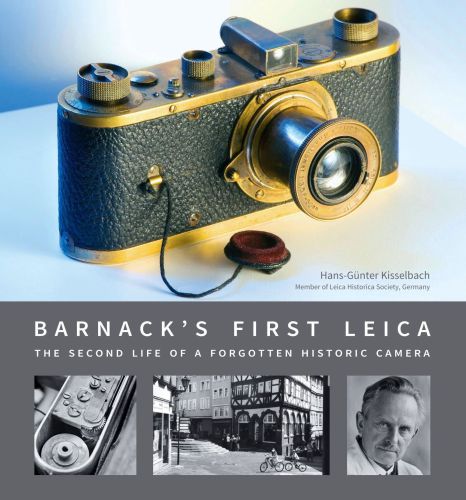

Most ebook files are in PDF format, so you can easily read them using various software such as Foxit Reader or directly on the Google Chrome browser.
Some ebook files are released by publishers in other formats such as .awz, .mobi, .epub, .fb2, etc. You may need to install specific software to read these formats on mobile/PC, such as Calibre.
Please read the tutorial at this link: https://ebookbell.com/faq
We offer FREE conversion to the popular formats you request; however, this may take some time. Therefore, right after payment, please email us, and we will try to provide the service as quickly as possible.
For some exceptional file formats or broken links (if any), please refrain from opening any disputes. Instead, email us first, and we will try to assist within a maximum of 6 hours.
EbookBell Team

4.7
46 reviewsMuch is known about the Leica and its history and numerous publications have appeared over the years. It thus
seems incredible that a camera handmade by its inventor Oskar Barnack in the early 1920s – the “first Leica” –
could re-emerge after having fallen into oblivion. This test camera finally evolved into the Leica over the course of
various enhancements, leading to a very impressive success story.
Encounters with landmark events in the history of technology –
the first microscope, the first calculating machine, the first
explosion-proof miner’s lamp, the first steam engine, the first
train, the first telegraph, the first car, the first light bulb, the first
radio, to name just a few randomly selected inventions – are
always ambivalent. The fascination of the “first step” competes
with misgivings regarding the “teething troubles” of the prototypes,
which are only cured by subsequent improvements.
When Dr. Günter Kisselbach found a relatively unknown Leica
prototype, “Barnack’s handmade prototype” in his father’s
Leica collection, the history of development of the 35mm camera
from Wetzlar had long been written. Fortunately, the wealth
of established knowledge did not deter the photography enthusiast
from finding out himself that substantial “blind spots” still
existed in the source area of the Leica history. His fascinating
report of his experience with the camera proves conclusively
what this early personal model belonging to its inventor Oskar Barnack was
capable of achieving. However, this only became
apparent when the handmade prototype was subjected to
practical testing and had to demonstrate the requirements it
was equipped to meet and the points where it reached its limits,
which it was only able to overcome in the course of further
development.
This book provides answers to intriguing questions:
what happened to Oskar Barnack’s “forgotten test camera”?
what technical secrets does this camera hold?
can it still be used to take photos?
what is its position in the Leica lineage?